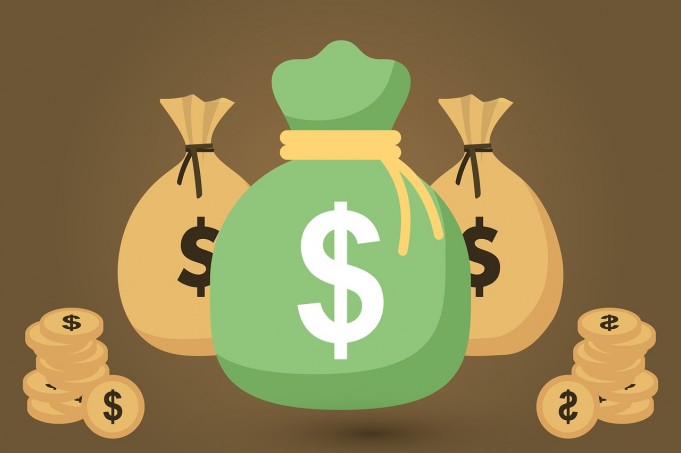Investment can be defined as the expenditure on capital goods. For example, new machines, and technology investments influence the working or production capacity of the economy. They are the component of Aggregate Demand.
Investment levels are influenced by:
- Interest rates (the cost of borrowing)
- Confidence/expectations
- Economic growth
- Technological developments
- Availability of finance
- Depreciation, wages cost, inflation & government policy, etc.
Factors on Investment
Let us understand each factor on investment in detail:
Interest Rates
Investment is financed either by borrowing or out of current savings. This is the reason that investments are strongly influenced by interest rates. High-interest rates make it more expensive to borrow the loan. However, on the other hand, high-interest rates also give a better rate of return from keeping money in the bank. By utilizing the benefit of higher interest rates, investments have a higher opportunity cost because you lose out on the interest payments.
Confidence
Investments are often considered riskier than savings. Firms will only invest when they are confident about future costs, demand & economic prospects. Interest rates & economic growth also affect confidence. In case of uncertainty, companies may step back to their investment decisions and will wait to analyze how the event unfolds. This should be remembered that confidence is always driven by the changes in the rate of economic growth.
Economic Growth
Firms try their level best to meet future demands. However, if demand is falling, the firms will cut short to investments. Contrary to this, if the prospects of the market increase, then they increase their investments. There is a hope of a future rise in demands.
Inflation
In the long term, inflation rates may cause a huge loss of investments. High and variable inflation tends to create more uncertainties for a long period. Therefore, people are often afraid of investing in long terms. If inflation is high and volatile, firms may be quite uncertain about the final cost of investments. They may have fear about future uncertainties or economic growth. This is to be kept in mind that low inflation can be caused by a fall in demand and economic growth. In such cases, low inflation will not be sufficient enough to boost investments.
Productivity of Capital
Long-term changes in technology can also cause the investor to degrade. In the last nineteenth century, new technology like improved steam engines had a larger aspect of growing. The boost of the investment in this field was because they were much better than the previous engines. If there is a slowdown in the rate of technological progress, firms will automatically shortfall their investments.
Availability of Finance
Another factor that can influence investments in the long term is the level of savings. A high or upgraded level of savings involves more investments. If the level of savings fails, it also limits the number of funds that can be channeled into investments.
Wages Costs
In rare cases, if the wage costs are rising rapidly, it may create an opportunity for the firm to try and boosts labor productivity.









